Vanessa here,
I have the pleasure of welcoming one of our own, Camy Tang, to my southern porch. Camy, you are here on a very good day the humidity has dissipated, and I think I feel a breeze. So let’s get into this wonderful new book, Prelude for a Lord.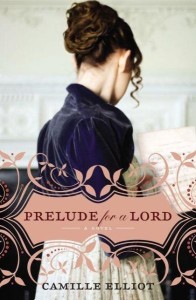
Tell me about the heroine, Alethea Sutherton. Some have told me she’s awkward and scandalous. Now that is an accomplishment.
Lady Alethea has felt alone and unloved for most of her life except for two people, her half-sister and her neighbor, Lady Arkright. After her sister is forced to move away and Lady Arkright dies, Alethea feels adrift. Her music is her solace, but because musical circles and instruction is limited in England, she is determined to find a way to move to Italy, where she can play and learn the violin without censure.
Wanting to travel doesn’t sound too scandalous. Can you tell me more of why she feels censured?
In Regency England, however, the violin is considered an inappropriate instrument for a lady.
Really? Mental note: Get my daughter back to the pianoforte, no violin. Oh, go on Camy and tell me more. I’ll get you another cup of Kombucha tea, unless that is also too scandalous.
It wasn’t until I started researching violin players in the Georgian and Regency era that I discovered that most Englishmen considered women playing the violin as incredibly unladylike because it raised the arms above her head and exposed her armpits. Can you believe that??? That’s why the pianoforte and the floor harp were considered ladylike instruments, because a woman’s arms never rose too high up. There was a child prodigy violinist who played in England a few years after the Regency era who was absolutely brilliant, but she ran into criticisms that her choice of instrument was scandalous.
So, given that the violin was scandalous, of course I had to write about a woman who played it. 🙂
Ok, it’s hero time. Tell me about Lord Dommick. Is he tall, dark and handsome?
Lord Dommick is incredibly loyal and loving to his mother and sister. He is also brilliant as a musician, but like most people during that time period, his views of women musicians are limited to pianoforte and harp players and singers. He considers Lady Alethea scandalous, which is what he needs to avoid after his ex-fiance destroyed his reputation after he returned emotionally scarred from war. He needs to repair his reputation in order to assure his sister’s comeout in London in the spring.
His love for his sister drives his concern for his reputation, but it also blinds him to how he is trying to solve everything on his own. His faith is just a byword and doesn’t impact his daily life until he has nothing left to depend upon.
But is he handsome? Can get a cute and brooding?
Yes, and he is brooding.
Okay, brooding can go a long way. Camy Tang books are known for high-kick bottom action, what drew you to the Regency.
I have been reading Regency romances since I was 13 years old, and I’ve read hundreds if not thousands of them since. I got them mostly from garage sales or thrift stores or eBay auctions. Nowadays, I buy them on ebook. 🙂 I even read some Regency research books just for fun (!!!) but never seriously considered writing one until my editor at Zondervan (and a fellow Regency romance lover) dared me to write one.
I actually got this idea about a recluse musician many years ago, but never thought about writing it until I was coming up with the plot for Prelude for a Lord. I had a scene in my head where the hero plays with the heroine for the first time, and it’s magical. They both discover things about the other during that rehearsal time. My story pretty much started from that one scene and then the other characters and the mysterious violin appeared.
No wonder your love of the Regency has led to the development of Camille Elliot. If you ever see me writing chocolate jingles, just buy the bars and say nothing. It will be our secret. Seriously, I think it’s wonderful for a passion to come to life, to be birthed from things that touch our hearts. I know you impart pieces of your journey into your characters. How did your Christian Walk affect Lady Althea and Lord Dommick?
My characters almost always have a spiritual arc that is born from my own spiritual struggles. In Protection for Hire, my romantic suspense, I wrote about my own experiences when I had first become a Christian in college and was struggling with how to move forward in newness in Christ after all the terrible things I’d done in my life. In Prelude for a Lord, the heroine feels incredibly alone because of the things in her past that have shaped her, which mirrors how I felt for many years before I became a Christian. Even now, I struggle to remember the truth that God loves me incredibly deeply and He has never left me alone.
That is a great message everyone needs to read and feel. I am realizing many miss this. Hopefully, books like Prelude to a Lord will help. Is Prelude to a Lord a series? You know Sonata to a Sultan, Treble with an Earl, well you get my question.
Yes, I hope to write 3 other books about Dommick’s friends. 🙂 I’m not sure yet if the other books in the series will be contracted by Zondervan, but if not, I’ll definitely self-publish them. If the series is contracted by Zondervan, I’ll also write another Regency series to self-publish in between the times my Zondervan books come out so that there isn’t so much time between releases. As a reader myself, I know I hate it when an author’s books are spaced too far apart!
Well Camy (Camille Elliot), thanks for stopping by and braving my pot of Kombucha. Camy will be have giveaways and other exciting things for the release of this book, but you have to tune into her newsletter for details. Go to her websites:
http://www.camytang.com/
http://www.camilleelliot.com/
Camy writes Christian romantic suspense as Camy Tang and Regency romance under her pen name, Camille Elliot. She grew up in Hawaii but now lives in northern California with her engineer husband and rambunctious dog. She graduated from Stanford University in psychology with a focus on biology, and for nine years she worked as a biologist researcher. Then God guided her path in a completely different direction and now she’s writing full time, using her original psychology degree as she creates the characters in her novels. In her free time, she’s a staff worker for her church youth group and leads one of her church’s Sunday worship teams. She also loves to knit, spin wool into yarn, and is training to (very slowly) run a marathon.
Originally posted 2014-08-14 09:00:00.
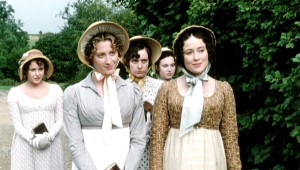

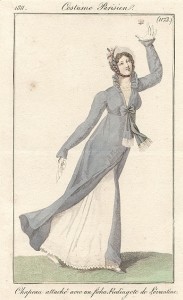

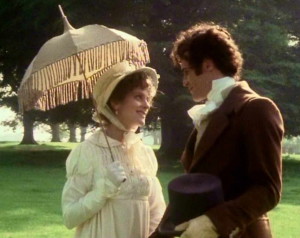
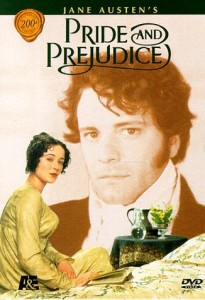
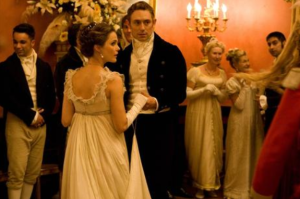











 An awkward young woman. A haunted young man. A forbidden instrument. Can the love of music bring them together . . . or will it tear them apart?
An awkward young woman. A haunted young man. A forbidden instrument. Can the love of music bring them together . . . or will it tear them apart?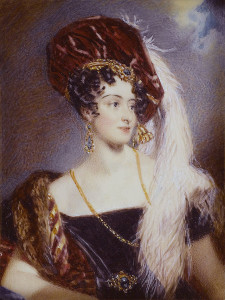
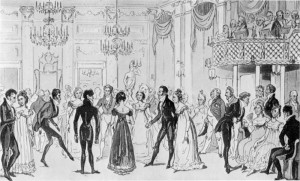

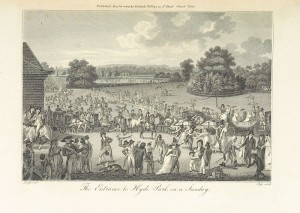

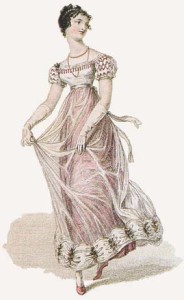 I think my favorite would be something like this, but with a blue underskirt instead of the pink.
I think my favorite would be something like this, but with a blue underskirt instead of the pink. 
 Of course, this was all dreamed up before I came across this beauty. One day I’m going to have to write a heroine with the gumption to walk into a ball wearing a plaid evening gown. That is just amazing.
Of course, this was all dreamed up before I came across this beauty. One day I’m going to have to write a heroine with the gumption to walk into a ball wearing a plaid evening gown. That is just amazing.